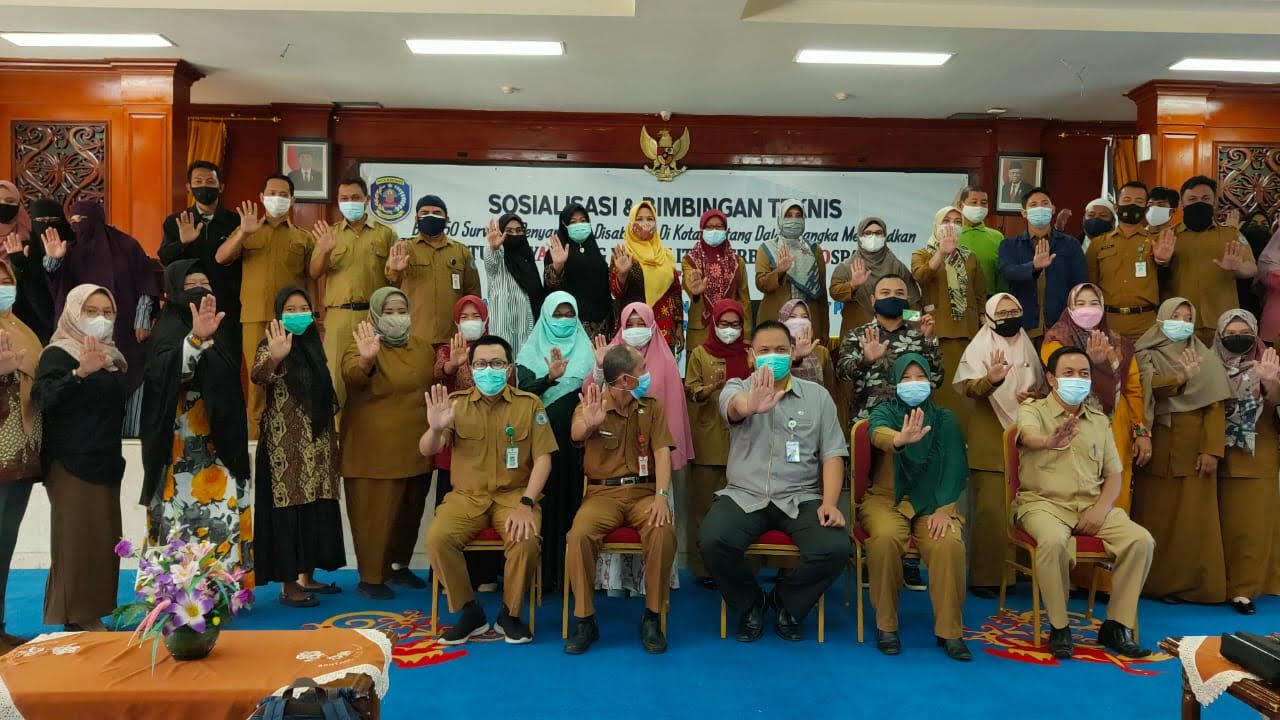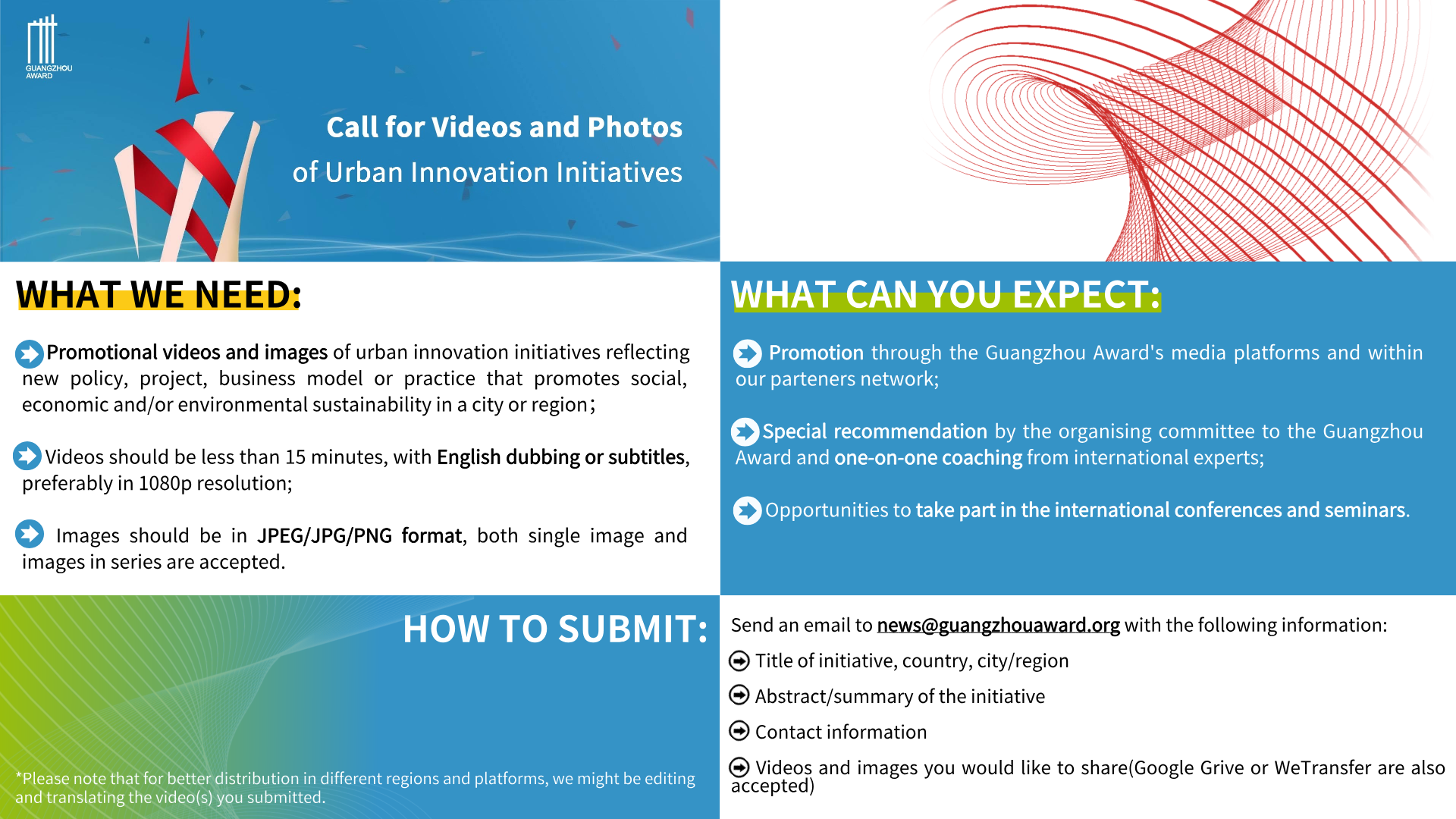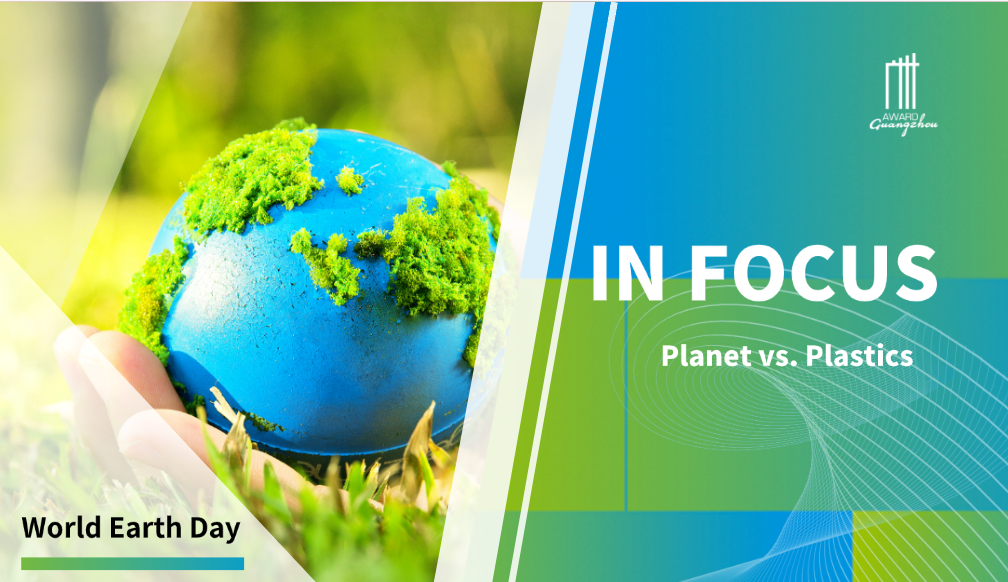Bontang City, Indonesia
Geospatial Based Persons with Disabilities Card and Services
BASIC CITY DATA
- Population size: 183161
- Population Growth Rate(%): 1.28
- Surface Area (sq.km): 161.88
- Population Density (people/sq.km): 1131.48
- GDP Per Capita (U.S.$): 22970
- GINI Index: 0.32
- Main Source of Prosperity: industry

ABSTRACT
The Convention on the Rights of Persons with Disabilities which the Government of Indonesia has ratified mandates the state to take the necessary policies to guarantee protection and rights for persons with disabilities. The Government of Bontang City realizes that efforts to protect the rights and empower persons with disabilities will only be achieved if they have accurate and up-to-date data and information regarding persons with disabilities through name-by-address data collection. Therefore, the Government of Bontang City has developed a geospatial-based data collection for persons with disabilities integrated with terrestrial space in mapping the variety of disabilities and the types of needs of persons with disabilities. Data have been collected digitally and the results are displayed directly on a map on WebGIS so that data on persons with disabilities becomes transparent and accountable. This accurate, up-to-date, transparent and accountable data makes it easier for the government to provide protection and rights for persons with disabilities in Bontang City, including the Disability Cards and other services.
BACKGROUND INFORMATION
The UN Convention on the Rights of Persons with Disabilities adopted on 12 December 2006 aims to promote, protect and ensure the full and equal human rights and fundamental freedoms of persons with disabilities, and to promote respect for their inherent dignity. Law of the Republic of Indonesia Number 8 of 2016 concerning Persons with Disabilities is intended to realize equal rights and opportunities for persons with disabilities towards a life that is prosperous, independent, and without discrimination.
ORIGINS
Previously data on persons with disabilities were not accurate and not up-to-date and were still in tabular data, not accompanied by a precise location. Previous data on persons with disabilities were not accountable and transparent because they had not been verified and validated by the Bontang Municipal Office of Social Affairs and Community Empowerment. Not all persons with disabilities have rights such as a disability card and access to social assistance programs and services from the government and other philanthropic institutions.
The goals of the initiative in terms of desired change include:
(a)Changes in governance for the fulfillment of the rights of persons with disabilities: 1) Carry out periodic verification and validation of geospatial-based data and service needs; 2) Availability of a web-GIS-based information dashboard of persons with disabilities that can be accessed by all parties; 3) Provision of cards for persons with disabilities as the identity for record in the database; 4) Availability of access to social assistance programs and services for all persons with disabilities.
(b)In 2021 accurate and up-to-date data is available. In 2022 access to programs and services will be available.
The initiatve involves the use of geographic information system-based mapping technology in data collection and monitoring. Data collection was carried out digitally using a smartphone, while monitoring was carried out online through the WebGIS portal. Innovation involves social volunteers from the community who are unfamiliar with geospatial information, and socialization and training must be carried out to develop human resources. Institutional changes made in this innovation are strengthening cooperation, collaboration and synergy between apparatuses of Bontang City, both in technical procedures and budget/ financing.
It also involves the public, namely Social Welfare and Family Welfare Institutions, District Social Welfare Workers, and PKH Assistance Workers in data collection, as well as the Indonesian Association of Persons with Disabilities and the Indonesian Blind Association in services monitoring. Innovation also partnerships with communities including the Peer Support Group, Counsellor and Social Workers in data collection. The private sector is also involved in the innovation, especially to support the fulfillment of rights and assistance in providing services to persons with disabilities. The private parties involved include PT. Pupuk Kaltim, PT. Badak LNG, PT. Kaltim Nitrate Indonesia.
Funding comes from a collaborative budget by the Social Service and Community Empowerment Office and is supported by the Employment Social Security Administration Agency. The human resources come from the synergy between the Social Service and Community Empowerment Office and the Planning, Research and Development Agency, as well as involve many partnerships, both public, private and communities. The equipment used is smartphones for collecting data and information, as well as computers for designing survey forms and monitoring dashboards. The technology applied is the internet, geographic information systems, and other information technologies.
INNOVATIVE ASPECTS
This innovation is revolutionary because it is new and for the first time has been done in Indonesia. The innovation provides convenience and quickness in collecting data and information on persons with disabilities. Before the innovation, the collection of data was carried out in stages from the Office of Social Affairs and Community Empowerment requesting data to the District Office, then forwarded to the Sub-district Office, then asked the Head of the Neighborhood to record data on persons with disabilities. The results of data collection from the Head of Neighborhood are submitted to the Office of Social Affairs and Community Empowerment in the written data, then manually inputted by the officer in tabular. With this innovation, data collection is carried out by trained social volunteers visiting directly to input and verify data accurately and up-to-date, accompanied by information on location, conditions, needs and documentation. This innovation also presents openness and accountability of data and information on persons with disabilities. Before innovation, data were stored in digital form on computers which could be accessed by the Office of Social Affairs and Community Empowerment only. With this innovation, data in real-time will be stored in a digital database on the server and displayed on a map on the dashboard portal that can be accessed and monitored by all stakeholders. After this innovation, all persons with disabilities will be recorded accurately and up-to-date so that they can obtain the rights of a disability card and gain access to programs and social assistance services.
DESIRED CHANGE OR OUTCOME
The results to be achieved can be classified into 2 target groups, internal and external. The internal result is an increase in the performance of social welfare services for persons with disabilities following the minimum service standards in the social sector and an increase in the integration of government services and other public policies for persons with disabilities. The external result is an increase in equal opportunities for persons with disabilities according to their rights and an increase in social welfare for persons with disabilities without discrimination.
Basic social rehabilitation for people with disabilities displaced outside social institutions is the minimum standard of social services in Indonesia. Fulfillment of these minimum service standards is carried out through data collection and management, calculation of needs and preparation of plans as well as fulfillment of basic services, which are carried out by the Office of Social and Community Empowerment. The data on recipients of basic services collected and analyzed is disaggregated by gender, age, education level, religion, type of disability, physical condition, level of income/expenditures, and service needs.
Innovation focuses on certain communities in certain areas, there are persons with disabilities in Bontang City include persons with physical disabilities, persons with intellectual disabilities, persons with mental disabilities, and persons with sensory disabilities. Persons with disabilities in Bontang City are spread across all 3 districts and 15 sub-districts.
The number of persons with disabilities in Bontang City who received a direct impact from the innovation reached 940 people, consisting of 381 women (40.54%) and 559 men (59.46%), 109 children (ages up to 12 years ) and 136 youth (age 13-25 years), as well as 87 elderly people (over 65 years). Based on education level, 30% did not attend school, 29.89% elementary school, 15.74% junior high school, 23.08% senior high school, and only 1.27% tertiary education.
RELEVANCE TO SUSTAINABLE DEVELOPMENT GOALS
Goal 1: End poverty in all of its forms
Goal 4: Ensure inclusive and equitable education and promote life-long learning opportunities for all
Goal 8: Promote sustained, inclusive and sustainable economic growth, full and productive employment and decent work for all
Goal 10: Reduce inequality within and among countries
Goal 16: Promote peaceful and inclusive societies for sustainable development, provide access to justice for all and build effective, accountable and inclusive institutions for all


 test
test Urban Innovation in China | Hainan: Transforming Mangroves into “Golden Groves”
Urban Innovation in China | Hainan: Transforming Mangroves into “Golden Groves” In Focus | Empowering the “She” in the Family
In Focus | Empowering the “She” in the Family In Focus | The World Earth Day: Planet vs. Plastics
In Focus | The World Earth Day: Planet vs. Plastics




















 Tel: +86 20 3780 4434
Tel: +86 20 3780 4434 Email: info@guangzhouaward.org
Email: info@guangzhouaward.org Address: Rm 1609, FuLiXinTianDi, No.307 Guangzhou Dadao Zhong, Yuexiu District, Guangzhou, Guangdong, 501600, PRC
Address: Rm 1609, FuLiXinTianDi, No.307 Guangzhou Dadao Zhong, Yuexiu District, Guangzhou, Guangdong, 501600, PRC




